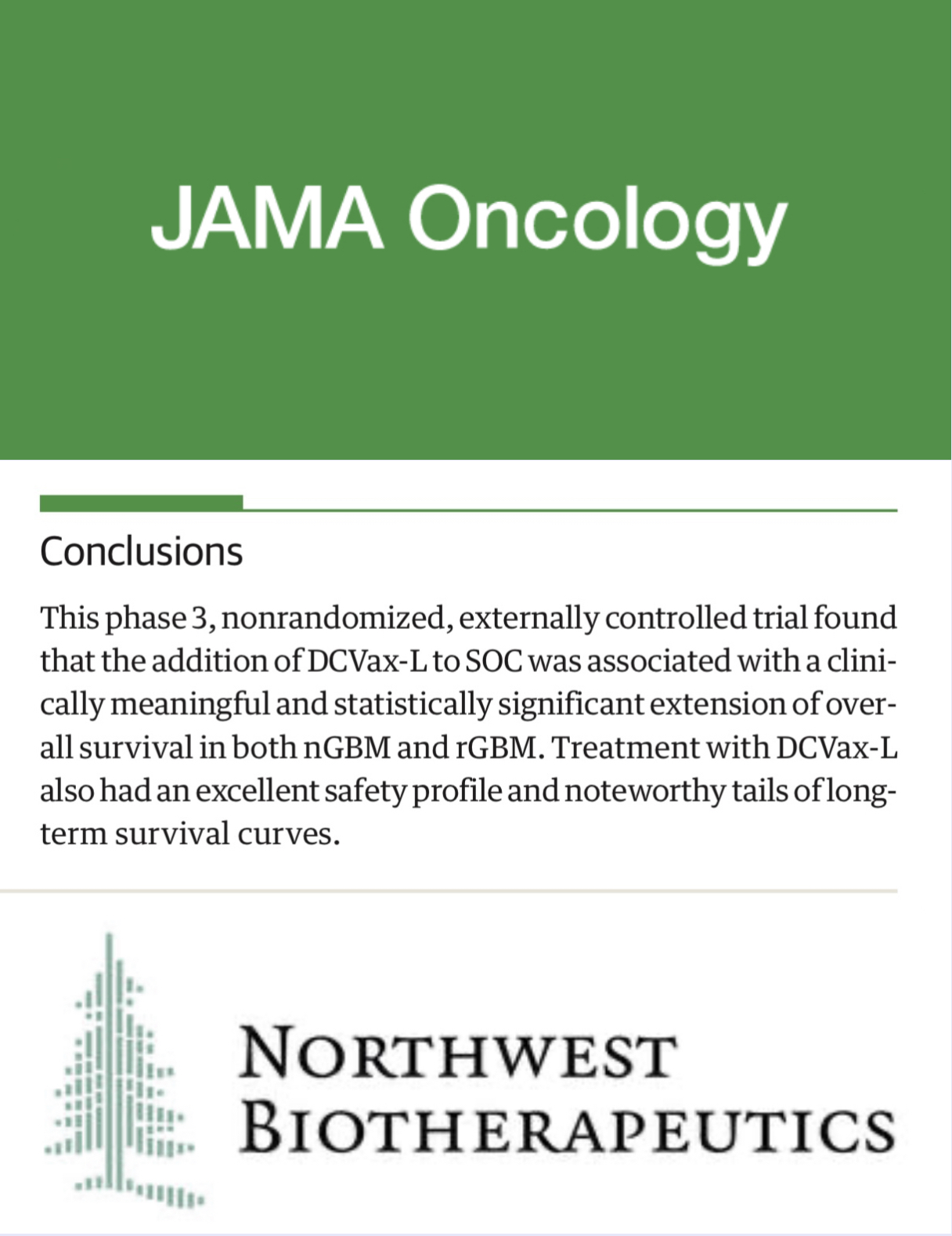Harm-Benefit Balance of Immune Checkpoint Inhibitors in Non-Small Cell Lung Cancer.
IF 22.5
1区 医学
Q1 ONCOLOGY
引用次数: 0
Abstract
Importance The benefits and harms of immune checkpoint inhibitor (ICI) therapy for lung cancer vary across groups, including those typically underrepresented in randomized clinical trials. Objective To quantify the harms and benefits of ICI-containing regimens in individuals with non-small cell lung cancer and assess heterogeneity across priority subgroups. Design, Setting, and Participants This retrospective cohort study conducted in 2024 used 2013 to 2019 Surveillance, Epidemiology, and End Results (SEER) Medicare data of individuals 66 years or older with non-small cell lung cancer who were exposed to any ICI. Exposures ICI + chemotherapy, single ICI (reference group). Main Outcomes Severe immune-related adverse events (irAE; harm) and mortality (when delayed mortality was the benefit). Severe irAEs were defined using validated diagnosis and medication codes. Mortality was ascertained from Medicare data. Hazard ratios (HRs) were estimated and 95% CIs were stratified by whether an ICI was used as the first or second or later systemic anticancer treatment (SACT) and in subgroups defined by preexisting autoimmune disease, sex, and age. The harm-benefit tradeoff was described as excess severe irAEs per year of life gained in which the gain in survival time was assessed using restricted mean survival time. Results Of 17 681 Medicare beneficiaries, 8797 (49.5%) were female, and the mean (SD) age was 74 (6.0) years. Compared with a single ICI (14 249 [80.6%]), individuals treated with ICI + chemotherapy (3432 [19.4%]) had an elevated risk of severe irAE in the first SACT setting (hazard ratio [HR], 1.18; 95% CI, 1.06-1.30) but not in the second or later SACT setting (HR, 1.04; 95% CI, 0.92-1.19); there was a decreased risk of mortality in the first SACT setting (HR, 0.66; 95% CI, 0.62-0.72) but not in the second or later SACT setting (HR, 0.94; 95% CI, 0.68-1.03). In the first SACT setting, ICI + chemotherapy delayed mortality more among patients with (vs without) autoimmune disease at baseline. For each 1 year of life gained, the risk of severe irAEs was 0.31 (95% CI, 0.09-0.53) and the tradeoff was also statistically significant in men and patients without autoimmune disease. Conclusions The results of this cohort study suggest that given both treatment-related harms and benefits, ICI + chemotherapy use in the first SACT setting requires informed decision-making; the potential benefits of ICI + chemotherapy vs single ICI in high-risk subgroups is encouraging.免疫检查点抑制剂在非小细胞肺癌中的利弊平衡
免疫检查点抑制剂(ICI)治疗肺癌的益处和危害因组而异,包括那些在随机临床试验中代表性不足的患者。目的量化含ici方案对非小细胞肺癌患者的危害和益处,并评估优先亚组间的异质性。设计、环境和参与者这项于2024年进行的回顾性队列研究使用了2013年至2019年监测、流行病学和最终结果(SEER)医疗保险数据,研究对象是66岁或以上暴露于任何ICI的非小细胞肺癌患者。暴露ICI +化疗,单一ICI(参照组)。主要结局:严重免疫相关不良事件(irAE;危害)和死亡率(当延迟死亡是益处时)。使用有效的诊断和药物代码定义严重的irae。死亡率由医疗保险数据确定。评估风险比(hr), 95% ci根据ICI是否作为第一次、第二次或后来的全身抗癌治疗(SACT)以及先前存在的自身免疫性疾病、性别和年龄定义的亚组进行分层。利弊权衡被描述为每年获得的额外严重irae,其中生存时间的增加使用限制的平均生存时间进行评估。结果17例 681名医疗保险受益人中,女性8797人(49.5%),平均(SD)年龄为74(6.0)岁。与单一ICI(14 249[80.6%])相比,ICI +化疗的个体(3432[19.4%])在第一次SACT设置中发生严重irAE的风险升高(危险比[HR], 1.18;95% CI, 1.06-1.30),但在第二次或更晚的SACT设置中没有(HR, 1.04;95% ci, 0.92-1.19);第一次SACT组死亡风险降低(HR, 0.66;95% CI, 0.62-0.72),但在第二次或之后的SACT设置中没有(HR, 0.94;95% ci, 0.68-1.03)。在第一次SACT设置中,ICI +化疗在基线时延迟了自身免疫性疾病患者(与无自身免疫性疾病患者相比)的死亡率。每增加1年的寿命,发生严重irAEs的风险为0.31 (95% CI, 0.09-0.53),在男性和无自身免疫性疾病的患者中,这一权衡也具有统计学意义。该队列研究的结果表明,考虑到治疗相关的危害和益处,在第一次SACT治疗中使用ICI +化疗需要知情决策;在高危亚组中,ICI +化疗与单一ICI的潜在益处是令人鼓舞的。
本文章由计算机程序翻译,如有差异,请以英文原文为准。
求助全文
约1分钟内获得全文
求助全文
来源期刊

JAMA Oncology
Medicine-Oncology
自引率
1.80%
发文量
423
期刊介绍:
JAMA Oncology is an international peer-reviewed journal that serves as the leading publication for scientists, clinicians, and trainees working in the field of oncology. It is part of the JAMA Network, a collection of peer-reviewed medical and specialty publications.
 求助内容:
求助内容: 应助结果提醒方式:
应助结果提醒方式:


